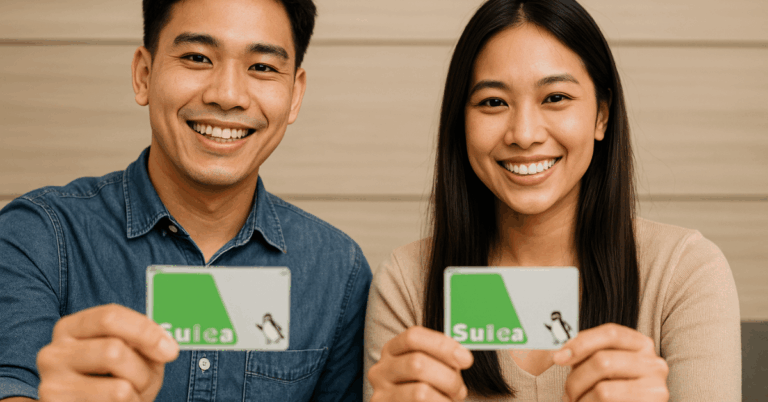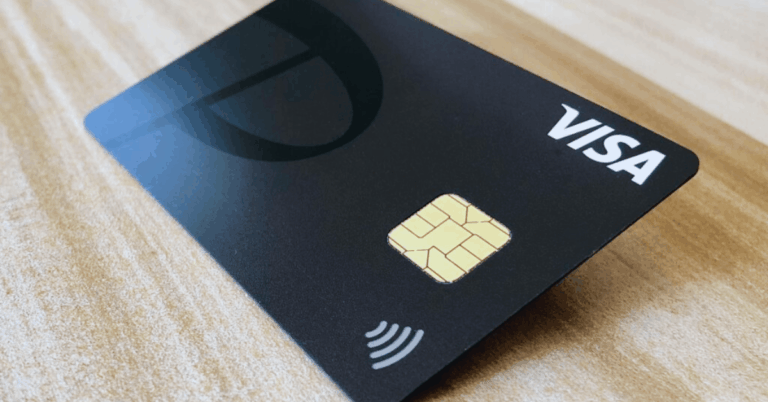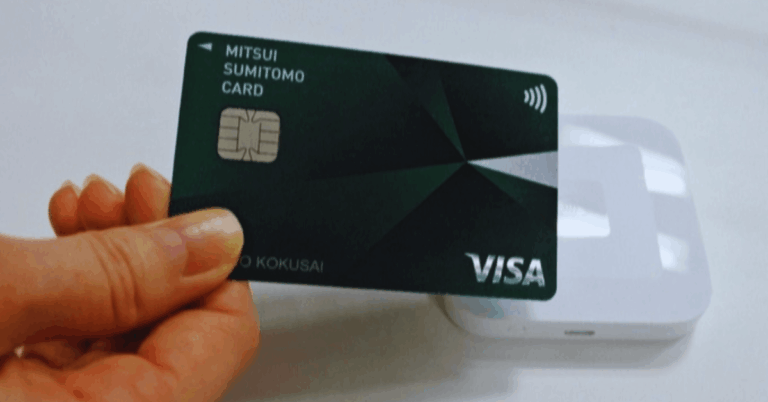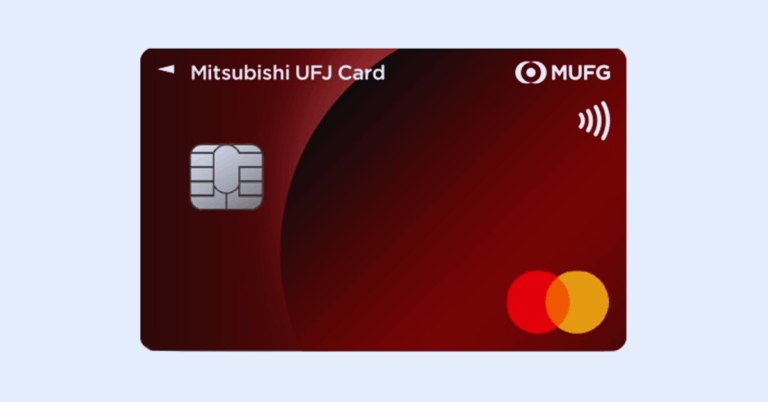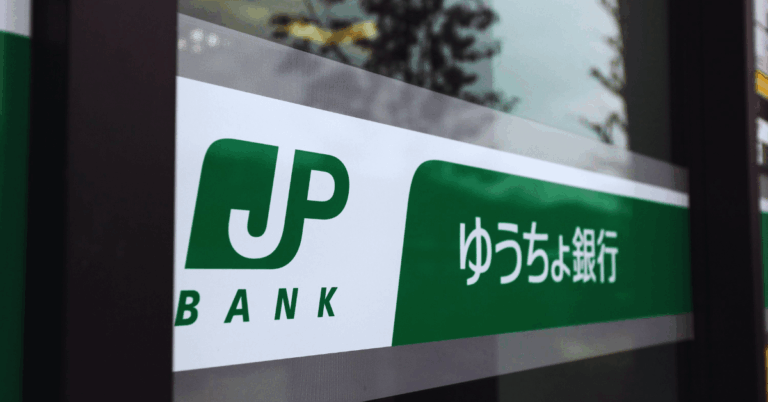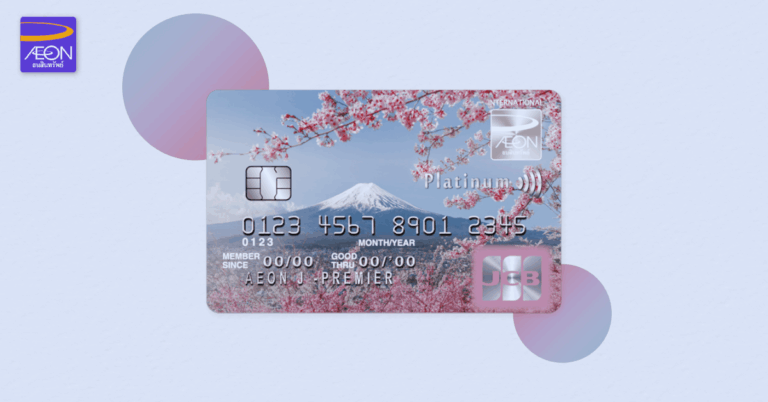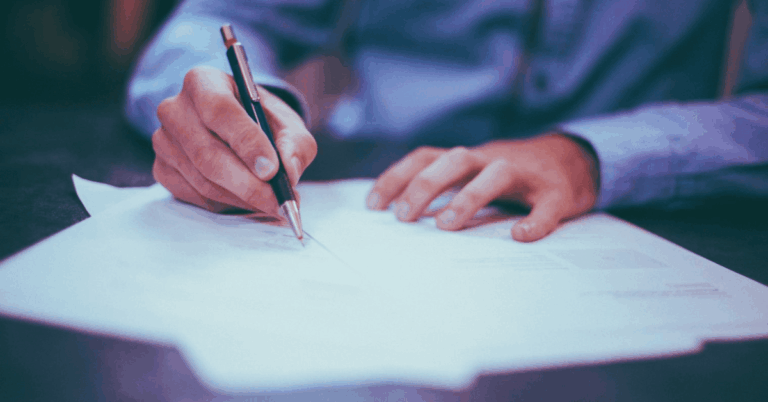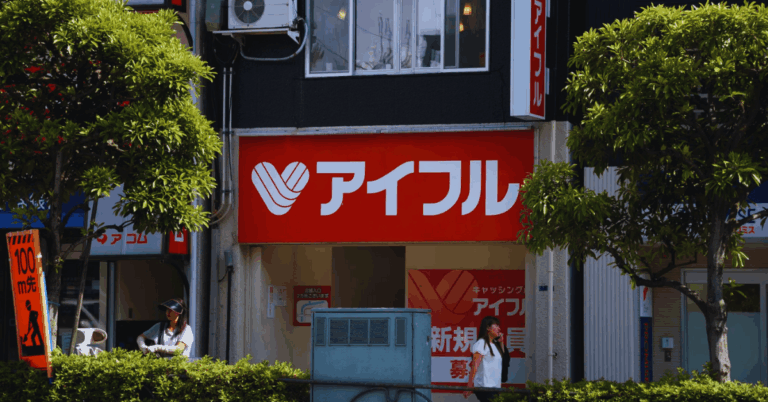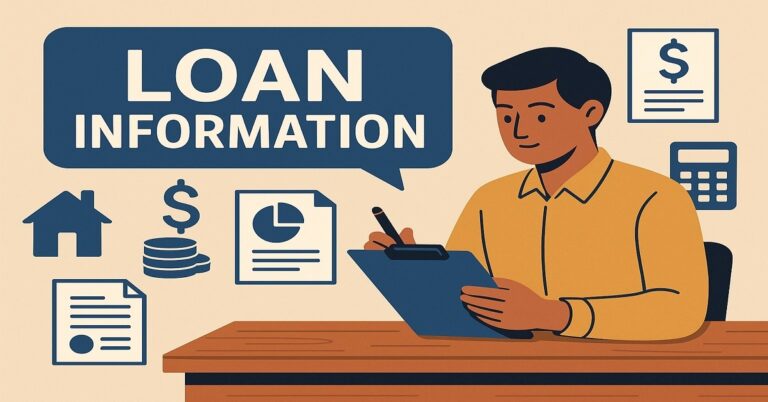Starting to save money can feel overwhelming, especially when your goal is building a strong emergency fund. Many people delay saving because they don’t know where to begin or how much to set aside.
But having an emergency fund is essential to protect you from unexpected expenses. With the right steps, you can build one even on a small income.
What Is an Emergency Fund and Why Does It Matter?
An emergency fund is money set aside for unexpected expenses that are not part of your regular budget. This can include job loss, medical emergencies, car repairs, or urgent home fixes.
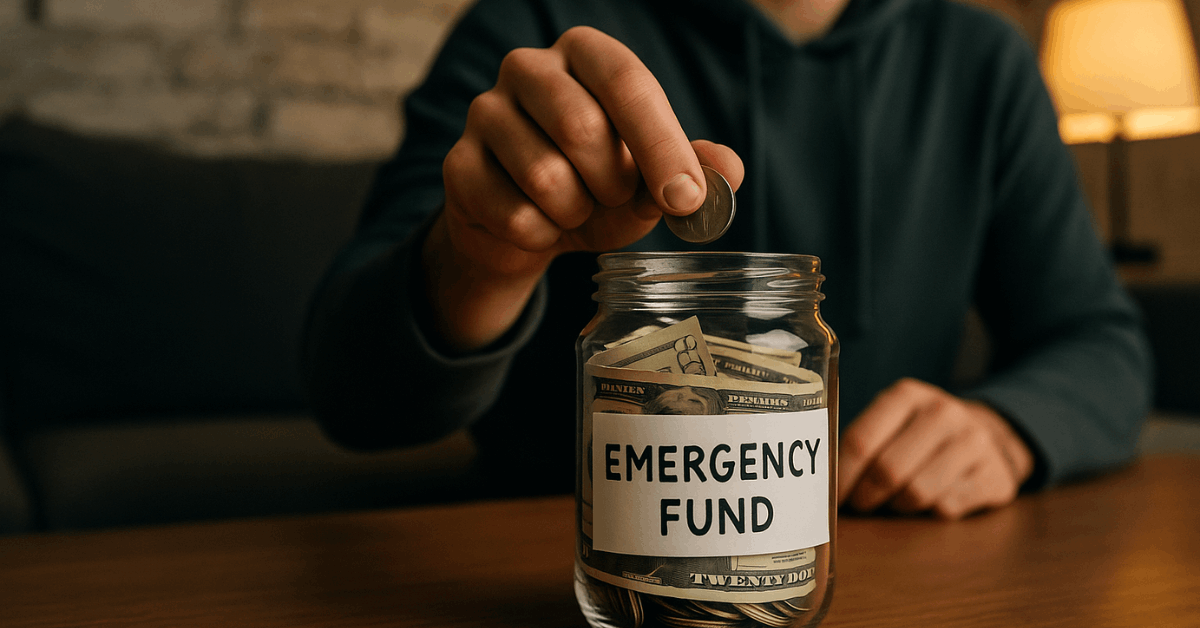
Having this financial buffer helps you avoid going into debt during a crisis. It’s one of the first steps in building financial security.
Without an emergency fund, you may end up relying on high-interest credit cards or personal loans. These can create long-term financial problems.
An emergency fund offers peace of mind. It allows you to handle life’s surprises with more control.
How Much Should You Save?
Figuring out the right amount to save depends on your personal needs. Financial experts usually suggest setting aside three to six months‘ worth of essential expenses.
This includes rent, utilities, groceries, transportation, and insurance. If your job or income is unstable, you might need to save more.
Use online calculators to estimate your monthly costs and multiply them by three or six. SmartAsset’s Emergency Fund Calculator is a helpful tool.
Setting a clear goal gives you a target to work toward. That target will help guide your saving habits.
Mistakes to Avoid When Starting to Save
It’s easy to make simple errors when you begin saving. Many people wait too long to start or think they need a large amount upfront.
Others mix their savings with their spending money, making it harder to track progress. Not setting a clear goal can also confuse.
Avoid touching your emergency fund for non-emergency expenses. Make sure it is easy to access but separate from your regular account.
Start with any amount you can manage and stay consistent. Building a habit is more important than starting big.
Set a Clear Savings Goal
Setting a goal makes saving more structured and intentional. You should decide how much you want to save and when you want to reach that goal.
This gives you a timeline and a finish line. It also helps keep your motivation high. Start by listing your average monthly expenses.
Multiply that amount by how many months you want your fund to cover. Keep your goal visible, whether in a budgeting app or on paper. This visual reminder encourages consistency.
Open a High-Yield Savings Account
To keep your emergency fund safe and growing, use a dedicated high-yield savings account. These accounts offer better interest rates than regular savings.
Over time, your money grows without risk. More importantly, the separate account discourages spending. Look for banks offering no-fee, FDIC-insured options.
Compare current rates at Bankrate. Choose a bank with good mobile tools so you can track your balance easily. Avoid tying your emergency fund to risky investments.
Start Small and Stay Consistent
You don’t need a large deposit to begin saving. Starting with small amounts helps you build momentum. Saving R$20 or R$50 a week adds up over time. What matters is building the habit.
Set up automatic transfers to your savings account. Choose a fixed date that aligns with your payday.
Automatic saving removes the temptation to spend. Eventually, increase your deposit as your income grows.
Use the 50/30/20 Budgeting Rule
A budgeting rule can guide how to manage your income effectively. The 50/30/20 rule is a simple strategy to divide your take-home pay.
Spend 50% on needs, 30% on wants, and 20% on savings. Your emergency fund should be part of that 20%.
This method makes saving more systematic. It’s also flexible enough to adjust based on your lifestyle.
Investopedia provides a helpful guide. Track your monthly income and apply the rule to see where you stand.
Track Spending and Find Savings Opportunities
Keeping track of where your money goes helps you spot areas to save. Many people don’t realize how much they spend on small, daily purchases.
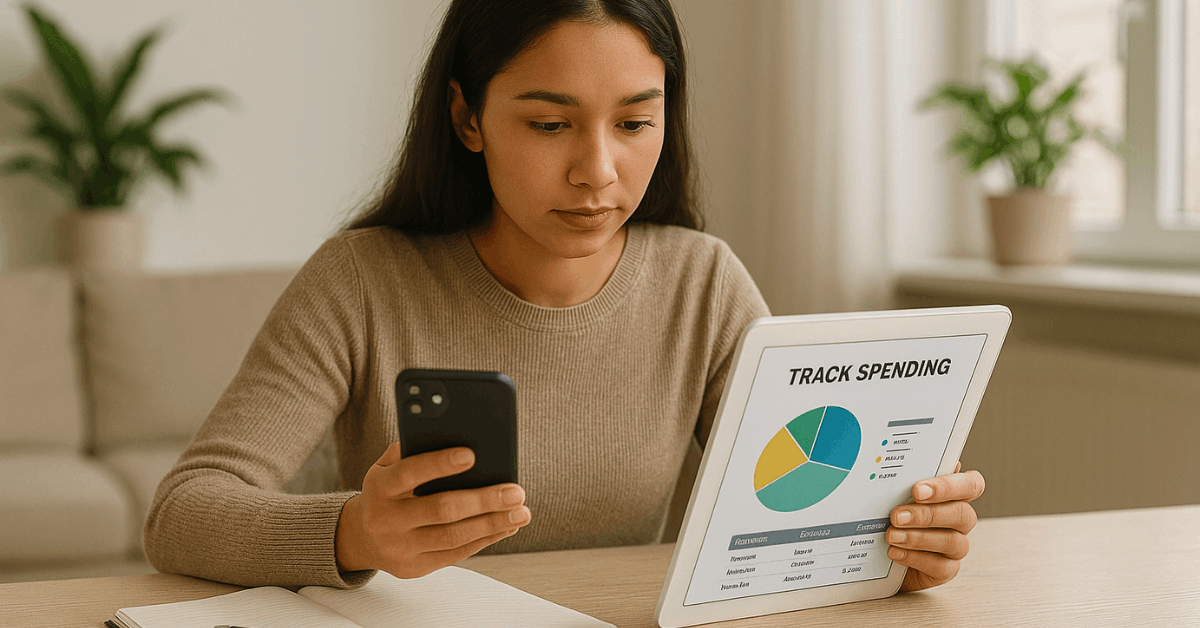
Reviewing your expenses can help you redirect money to your emergency fund. Budgeting apps make this easier.
Use tools like Mint or PocketGuard to monitor your finances. Focus on cutting unnecessary subscriptions or impulse buys.
Even small savings can add up monthly. Awareness is the first step toward control.
Cut Fixed Expenses Where Possible
Reviewing your fixed costs can reveal savings opportunities. Look at bills like internet, insurance, or phone plans. Ask for lower rates or explore better alternatives. Even a small reduction helps.
Consider downsizing if your rent or mortgage is too high. Negotiate service fees or remove unused features.
Lowering monthly obligations frees up cash for savings. You can then transfer that extra amount to your emergency fund.
Boost Your Income to Accelerate Savings
Sometimes cutting expenses isn’t enough. Increasing your income gives you more room to save. Side jobs, freelance work, or selling unused items can help. The extra income can be used entirely for your emergency fund.
You don’t need to commit to permanent gigs. Short-term tasks like delivery apps or online services work too. For ideas, visit Side Hustle Nation. Turn your skills into money with low barriers.
Save Any Extra Money You Receive
Unexpected cash is a good opportunity to grow your savings. This includes tax refunds, bonuses, or gifts.
Instead of spending it, add it to your emergency fund. You can use a portion if needed, but prioritize saving.
This approach gives you a financial boost without affecting your regular income. It’s also an easy way to reach your goal faster.
Don’t rely on these windfalls, but use them wisely when they come. Make saving your default reaction to any extra money.
Define Real Emergencies
It’s important to set clear rules about when to use your emergency fund. This keeps you from draining it for the wrong reasons.
True emergencies are unexpected, urgent, and necessary. Wants, upgrades, or planned expenses don’t qualify.
Examples include medical emergencies, urgent home repairs, or job loss. Set a simple checklist to decide if the situation qualifies.
You can also consult a trusted friend before spending. The goal is to protect the fund’s long-term value.
Rebuild After Using the Fund
Using your emergency fund doesn’t mean failure. It means it served its purpose. But you should have a plan to rebuild it as soon as possible. Treat it like a new savings goal.
Go back to automatic transfers and start small. Consider increasing your savings rate temporarily. Review what led to the emergency to prepare better. Make rebuilding part of your routine.
Keep Your Savings Safe and Liquid
An emergency fund needs to be accessible, but not too easy to spend. Keep the money in a savings account that’s insured and earns interest.
Avoid placing it in the stock market or tying it to long-term CDs. You need to access the money quickly.
FDIC-insured banks or credit unions are ideal. Confirm withdrawal times and limits. Choose accounts with mobile access and alerts. Don’t compromise liquidity for higher returns.
When to Increase Your Fund
As life changes, your emergency needs may grow. A new baby, job change, or relocation means more expenses.
Review your fund every six months to ensure it still fits. Adjust your goal as your needs evolve.
A good rule is to save more if your expenses or responsibilities rise. Keep your fund updated with your life stage. It’s better to have more than fall short. Flexibility is key to maintaining stability.
Stay Motivated Over the Long Term
Saving is a long-term effort. To stay motivated, track your milestones. Break your big goal into smaller steps and celebrate when you hit them. Use visuals like charts or progress bars.
Avoid rewarding yourself with spending. Instead, focus on the peace and freedom your fund brings. Share your goals with someone to stay accountable. Make saving part of your identity.
Use Tools That Help You Save
Several tools can make saving easier and more effective. Budgeting apps, online calculators, and banking features can support your progress.
Some tools round up your purchases and save the difference. Others analyze your spending habits.
Consider apps like YNAB or Digit. Use features like automatic savings or spending alerts. Set reminders to check your balance monthly. Technology can remove friction and boost results.
Final Thoughts: Build a Safety Net You Can Count On
Building an emergency fund is one of the smartest steps you can take. You don’t need to start big—you just need to start.
Stay consistent and focused on your goal. The peace of mind you’ll gain is worth every peso saved.

